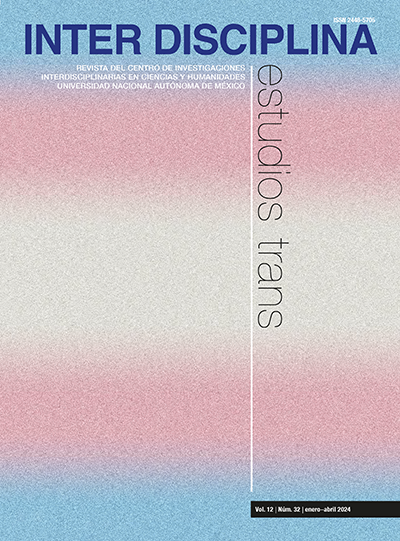Lenguaje geométrico arquitectónico de Dzibilchaltún, Yucatán: conceptos mesoamericanos y griegos, paralelismos sobre el universo y el ser humano
Contenido principal del artículo
Resumen
Este artículo explica, a través de la hermenéutica geométrica arquitectónica, los paralelismos existentes entre los conceptos mesoamericanos sobre el hombre y el Universo, y los conceptos griegos sobre el origen del Universo, la naturaleza humana y la estructura de la materia a través del diálogo Timeo, escrito por Platón, y considerado el más influyente en toda la filosofía y ciencia occidentales. En la arquitectura y textos mesoamericanos, en su organicidad de las formas con la cual reflejan la formación del cosmos, el Universo como un todo armonioso y ordenado está concebido en términos geométricos, matemáticos y relaciones numéricas, las cuales podemos comprender a través de la hermenéutica del lenguaje geométrico arquitectónico. El análisis provee un nuevo dato sobre las relaciones entre la arquitectura y la escritura pictográfica como lenguaje universal, representando conceptos abstractos para la comprensión de símbolos y atributos de personajes, naturaleza y objetos simbolizados como un todo en el que signo, sentido y significado son un sistema de comunicación estructurado para expresar o simbolizar en términos matemáticos y relaciones numéricas, la indivisible unidad en la dualidad desde la cual se origina la vida, de forma que el mundo quede ordenado según proporciones armónicas.
Descargas
Detalles del artículo
Citas en Dimensions Service
Citas
Anders, Ferdinand, Maarten Jansen y Gabina Aurora Pérez Jiménez. 1992. Origen e historia de los reyes mixtecos. Libro explicativo del llamado Códice Vindobonensis. México: FCE.
Anders, Ferdinand, Maarten Jansen y Gabina Aurora Pérez Jiménez. 1994. El libro de Tezcatlipoca, Señor del Tiempo. Libro explicativo del llamado Códice Fejérváry-Mayer. México: FCE.
Aveni, Anthony F. 1977. Native American Astronomy. Austin y Londres: University of Texas Press.
Brainerd, George W. 1958. The archaeological ceramics of Yucatan. Berkeley y Los Angeles: University of California Press.
Mínguez, José Antonio. 1966. Platón. Obras completas. Madrid: Aguilar.
Plotino. 1921. Plotino, selección de las Enéadas. 1a reimpr. México: SEP.
Ruiz Ortiz, Víctor Hugo.2016. Lenguaje Geométrico Arquitectónico del Espacio y Cómputo del Tiempo Mesoamericano. 2a ed. México: Universidad Nacional Autónoma de México.
Ruiz Ortiz, Víctor Hugo. 2021. Dzibilchaltún: Arquitectura, Espacio-Tiempo, Eternidad. México: Universidad Nacional Autónoma de México.
Tichy, Franz. 1991. Die geordnete Welt indianischer Völker. Stuttgart: Verlag.

Esta obra está bajo una Licencia Creative Commons Atribución-NoComercial-SinDerivar 4.0 Internacional.





